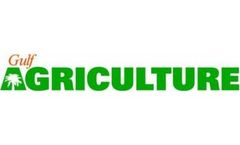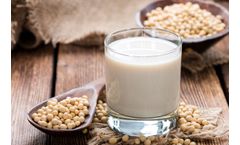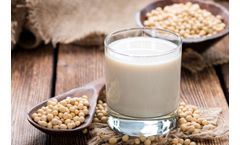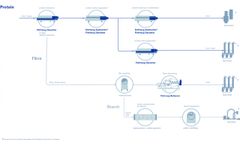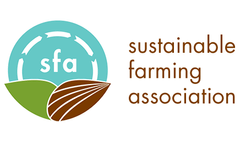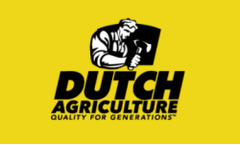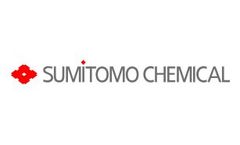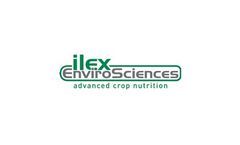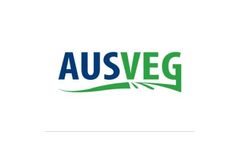Refine by
Pea Articles & Analysis
35 news found
Declining sponsorship has meant that 2025 will be the last harvest analysed by the two largest YENs – cereals and oilseeds. The YENs for peas and beans, facilitated by ADAS and PGRO, will continue beyond harvest 2025. ...
As well as a carbon network, the YEN has specific crop networks for: wheat, barley, rye, triticale, and oats oilseed rape linseed peas beans Farmers who register for these crop YENs are also entered into our annual yield competition. ...
The fresh lineup includes Wood Sorrel (Oxalis leaves), Shiso Green, Red Shiso, Lemon Verbena, Golden Pea, Huacatay, Balsamina, and Torenia. Each variety is carefully selected for its distinct flavours, textures, and culinary versatility, offering hotels, restaurants, bars and caterers in the UAE limitless opportunities for culinary exploration and exceptional dining experiences. ...
Especially in the field of milk and meat alternatives, the market continues to grow: from plant-based drinks derived from soy, oats, rice, or various nuts, to various meat substitutes based on peas, soy, or lupines, there are more and more foods that do not contain animal products or meat. ...
Especially in the field of milk and meat alternatives, the market continues to grow: from plant-based drinks derived from soy, oats, rice, or various nuts, to various meat substitutes based on peas, soy, or lupines, there are more and more foods that do not contain animal products or meat. ...
Especially in the field of milk and meat alternatives, the market continues to grow: from plant-based drinks derived from soy, oats, rice, or various nuts, to various meat substitutes based on peas, soy, or lupines, there are more and more foods that do not contain animal products or meat. ...
Typical protein sources from starch crops include pea, broad bean, mung bean, chickpea and lentil. Sophisticated technology allows the individual components of the starch plants - protein, fibers and starch - to be separated from each other and marketed separately. ...
This ingredient will provide an alternative to plant- and animal-based proteins, such as whey protein casein and pea protein currently used for the same purpose. All raw materials used in the production process are considered safe and suitable for use in food production, as reflected in the GRAS statement. ...
Usually grown during seasons when primary crops aren’t cultivated, cover crops can include legumes such as pea and hairy vetch, or grassy crops like oats and barley. Cover crops do more than just cover fields between growing seasons. ...
Thor has reached definitive feasibility or bankability stage on the Segilola Open Pit Reserve and a Preliminary Economic Assessment (PEA) on the Segilola Underground Resource, achievements they announced at the 2019 Mining Indaba. ...
It has already been widely recognised by farms growing soybeans, peas and chickpeas. The microemulsion preparation has proven its effectiveness in practice.The nominee and prize winner of the Agrow Awards will be announced in November at a ceremony in London. ...
Kadelbach Organic Farms, a 300-acre certified organic farm currently growing sweet corn, sweet peas, black beans and alfalfa/grass hay, is the site of a Crow River Chapter field day from 2 to 6 p.m. ...
” It Runs In The Family A fourth-generation farmer of her family’s nearly 14,000 crop acres (3,900 canola, 1,500 yellow peas, 2,900 barley and 5,600 wheat) and 80 head of cattle (on another 640 acres), Erica’s toughness comes as naturally to her as does her love of the business. ...
Summary of the new residual uses for Valor herbicide, At Planting Peanuts, Soybean and Pigeon Pea. Pre-plant (280g) or PSPE (210g) 1 month pre–sowing Cotton , Maize, Sorghum, Navybean (210 – 280g) 2 months pre-sowing Sunflower and Mungbeans (210 – 280g) Channel banks (560 – 700g) Significantly, Valor can be used on Pigeon ...
They ran tests on wheat (Triticum aestivum), durum wheat (Triticum durum), barley (Hordeum vulgare), chickpea (Cicer arietinum), pea (Pisum sativum) and canola (Brassica napus). The findings show that it is possible to have up to 6 generations annually for the first five species listed and up to 4 for canola, as opposed to the 2-3 generations annually under normal greenhouse ...
Application Concept: The project will advance development of a method to determine growth stage for a wide range of crops of importance to Canada (corn, soybeans, field peas, wheat, barley, canola etc.). The product will be developed by enhancing an effective growth stage estimation procedure based on technology previously developed by AUG and using space-based synthetic aperture ...
Additional benefits for growers to add cover crops such as oilseed radish, cereal rye, Austrian winter pea and crimson clover include reducing soil erosion and nutrient losses, according to Alan Sundermeier, an Ohio State University Extension educator. ...
This season’s wet conditions brought increased sales of our manganese phosphite Maniphos as growers sought to boost root development and natural disease resistance in peas and beans. Initial feedback has been very positive. Farming in Whittlesea, Cambridgeshire, James Fountain applied two applications of Maniphos at 3.5 litres per hectare to his field beans and is very ...
For example, Karin is standing beside the peas planted from seedlings, which are now standing 6 feet tall. The peas planted as seeds are to the left in the second row of plants and they are catching up ...
The analysis presents productivity estimates for the lettuce, carrot, green pea and potato industries. These results show that the largest returns from crop specialisation occur within the carrot industry, as these farms can benefit from an increase in efficiency by an average of 88 kilograms of production for each additional week of labour. ...
ByAUSVEG


